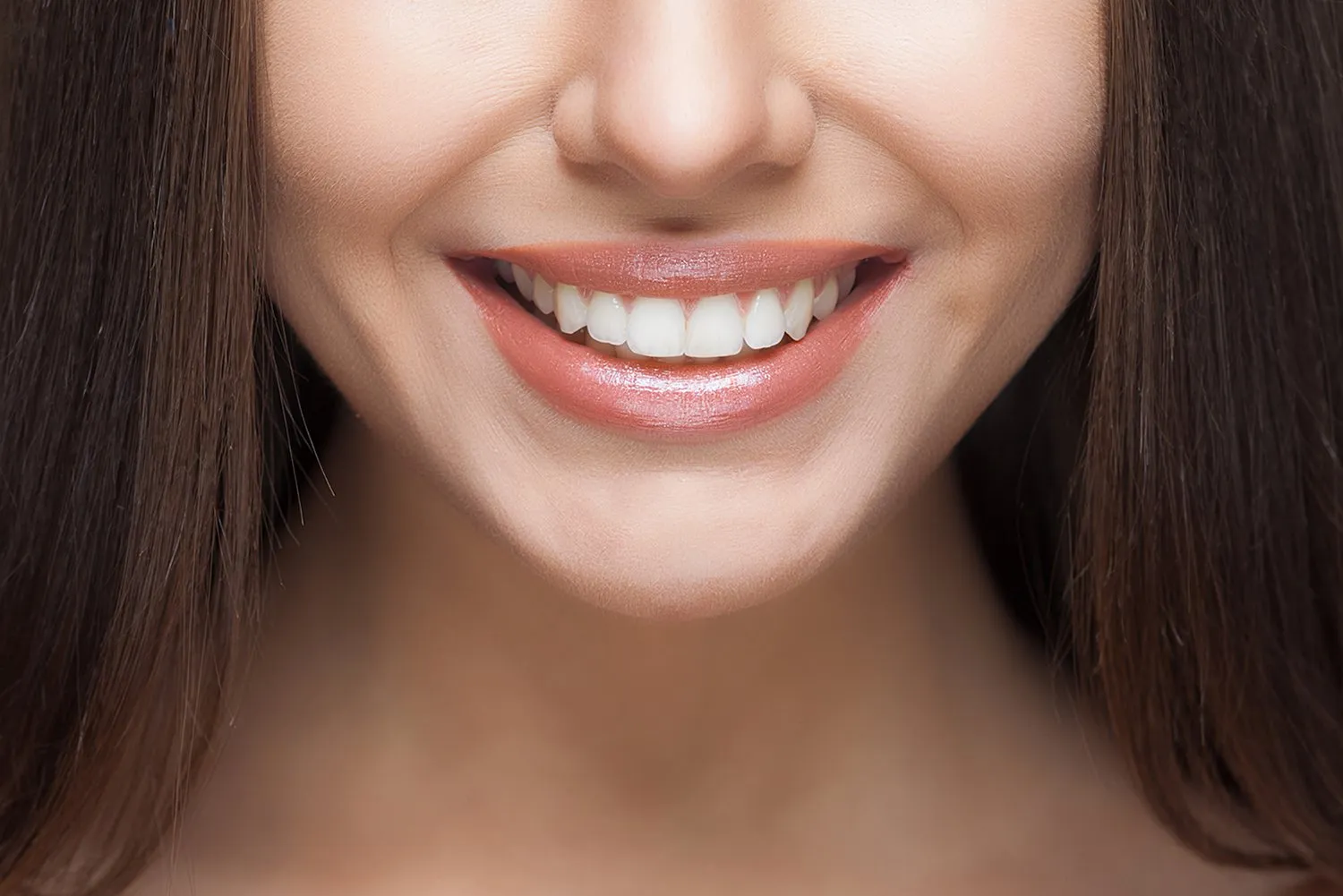Tooth Whitening
Why did my teeth change colour?
Over time, your teeth can go from white to not-so-bright for a number of reasons.Food and drink
Coffee, tea and red wine are some major staining culprits. What do they have in common? Intense colour pigments called chromogens that attach to the white, outer part of your tooth (enamel).
Tobacco use
Two chemicals found in tobacco create stubborn stains: tar and nicotine. Tar is naturally dark. Nicotine is colourless until it’s mixed with oxygen. Then, it turns into a yellowish, surface-staining substance.
Age
Below the hard, white outer shell of your teeth (enamel) is a softer area called dentin. Over time, the outer enamel layer gets thinner with brushing and more of the yellowish dentin shows through.
Trauma
If you’ve been hit in the mouth, your tooth may change colour because it reacts to an injury by laying down more dentin, which is a darker layer under the enamel.
Medications
Tooth darkening can be a side effect of certain antihistamines, antipsychotics and high blood pressure medications. Young children who are exposed to antibiotics like tetracycline and doxycycline when their teeth are forming (either in the womb or as a baby) may have discoloration of their adult teeth later in life. Chemotherapy and head and neck radiation can also darken teeth.
How does teeth whitening work?
Teeth whitening is a simple process. Whitening products contain one of two tooth bleaches (hydrogen peroxide or carbamide peroxide). These bleaches break stains into smaller pieces, which makes the colour less concentrated and your teeth brighter.
Does whitening work on all teeth?
No, which is why it’s important to talk to your dentist before deciding to whiten your teeth, as whiteners may not correct all types of discoloration. For example, yellow teeth will probably bleach well, brown teeth may not respond as well and teeth with grey tones may not bleach at all. Whitening will not work on caps, veneers, crowns or fillings. It also won’t be effective if your tooth discoloration is caused by medications or a tooth injury.

Book Your Visit At
Dental Smile Frankston
Book Online or Call at 03 9783 3215
What are my whitening options?
In-chair bleaching
This procedure is called chairside bleaching and usually requires only one visit. The dentist will apply either a protective gel to your gums or a rubber shield to protect your gums. Bleach is then applied to the teeth. A special light or laser might be used to enhance the action of the whitening agent.
At-home bleaching
Peroxide, containing whiteners, actually bleaches the tooth enamel. They typically come in a gel and are placed in a tray that fits on your teeth. You may also use a whitening strip that sticks to your teeth. The concentration of the bleaching agent is lower than what your dentist would use in the chair.
Are there any side effects from teeth whitening?
Some people who use teeth whiteners may experience tooth sensitivity. That happens when the peroxide in the whitener gets through the enamel to the soft layer of dentin and irritates the nerve of your tooth. In most cases the sensitivity is temporary. You can delay treatment, then try again.



